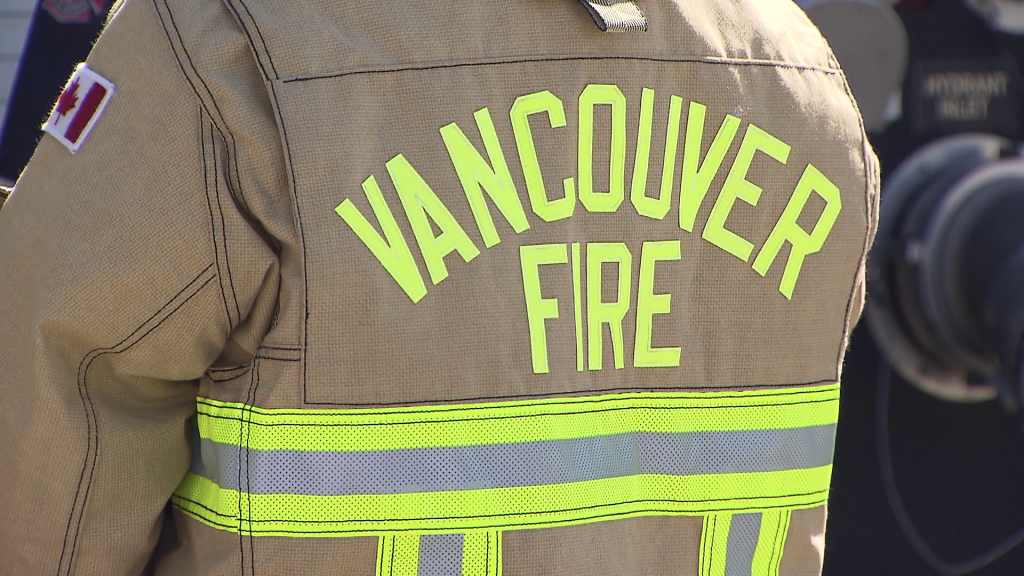BC still in denial about child poverty rates: advocacy group
Posted November 24, 2015 9:46 am.
Last Updated November 24, 2015 12:05 pm.
This article is more than 5 years old.
VANCOUVER (NEWS 1130) – We haven’t moved the dial on child poverty in this province in over a decade, according to an advocacy group’s new report.
Adrienne Montani with the First Call coalition says it’s time for BC to come up with a solid plan of action to address the problem.
“It is still one in five children and there are still some groups that are incredibly over-represented in those stats. That would be children living with single parents, where one in every two children in this province living with a single parent is poor. This is 2013 data,” she points out.
Montani says BC has higher a child poverty rate than the national average.
“That doesn’t make sense to us because we are such a wealthy province. So, why would we be worse than the Canadian average? I don’t see a good rationale for it. I don’t think this province can plead poverty, as some provinces where the economy has really tanked.”
She tells us single mothers are struggling the most.
“A quarter of female lone parents experience either moderate or severe food insecurity. And a good third of them live in ‘core housing need,’ which means it’s either over-crowded or unaffordable for them, so they’re spending their food money on their rent.”
Montani notes the high cost of living in BC isn’t helping. “The families that are showing up as poor in these statistics actually have a much tougher time than a family on the same measure that’s showing up poor in, for instance, New Brunswick or Saskatchewan, where the cost of living might be lower.”
In a statement, Children and Family Development Minister Stephanie Cadieux says her staff is reviewing the recommendations and will work “to explore their feasibility.”
She tells us the number of people living in poverty has gone down.
“Our child poverty rate declined by 43 per cent between 2003 and 2011. And between 2012 and 2013 – approximately 18,000 more individuals were lifted out of poverty. This is proof our measures are working.”
However, Cadieux admits more can be done.
Increasing affordable housing options for families, adopting a $10/day child care plan, and boosting welfare rates and minimum wage are just a few of the recommendations in the group’s report.
Other key findings include:
- Between 2012 and 2013, BC’s child poverty rate decreased very slightly from 20.6 per cent to 20.4 per cent. However, since the passage of the 1989 House of Commons all-party resolution to eliminate child poverty in Canada by the year 2000, BC’s child poverty rate has risen from 15.5 per cent to 20.4 per cent in 2013.
- Poor families in BC are very poor, with all poor family types living on average over $10,000 below the poverty line.
- One third of BC’s single parent families are in core housing need (housing that is in poor repair, unaffordable or crowded) and nearly a quarter of these parents experience moderate to severe food insecurity.
- 23 out of BC’s 29 regional districts had at least 1,000 children living in poverty. The highest rate was found in the Central Coast Regional District, with a 50.6 per cent child poverty rate.
- 78 per cent of all Metro Vancouver census tracts had at least 100 poor children living in them, and half of all Metro Vancouver municipalities had census tracts with child poverty rates of 20 per cent or higher.
- Poverty rates for young children under 6 were higher than overall child poverty rates in 22 out of 24 urban areas outside of Metro Vancouver, some as high as 37 per cent (Port Alberni and Duncan).
- Income inequality has continued to grow in BC, with a 78.3 per cent increase in median income for the top 0.1 per cent vs. a 0.3 per cent increase for the bottom 99% between 1982 and 2012.










